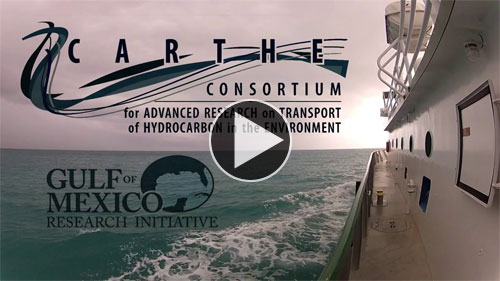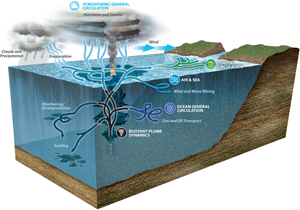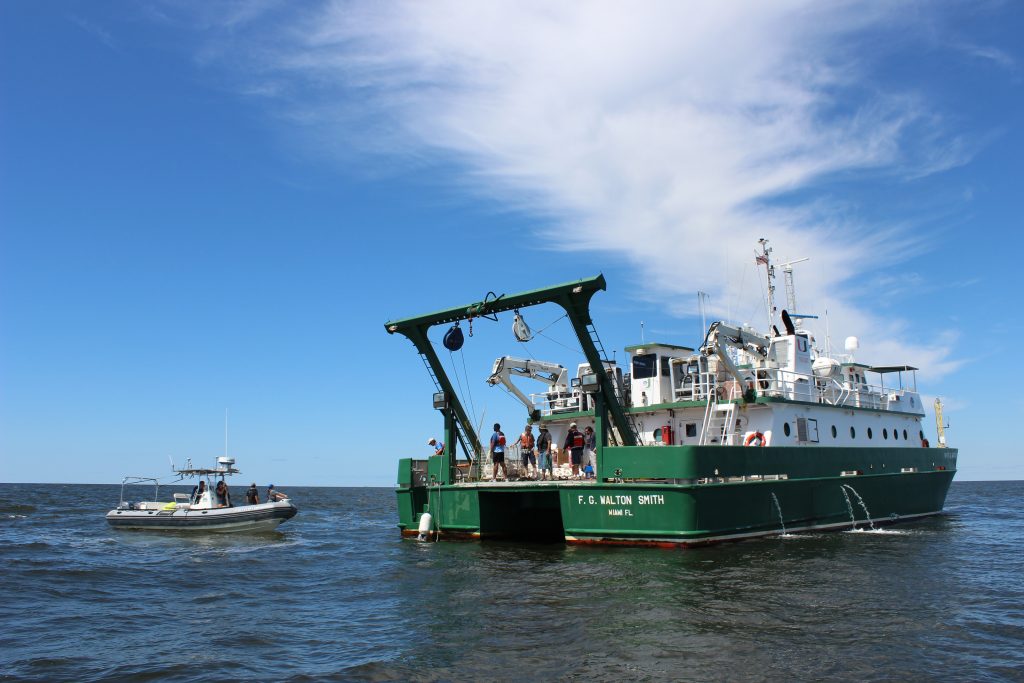SPLASH
Submesoscale Processes and Lagrangian Analysis on the Shelf
SPLASH, a large scale CARTHE field experiment, took place in April-May 2017. The team returned to the northern Gulf of Mexico, this time near the Louisiana Bight, to examine how ocean currents transport oil and other particles across the shelf and onto shore, bridging the gap between the offshore observations from GLAD and LASER and the coastal observations from SCOPE.
The overarching scientific objectives for SPLASH are to: (a) determine the cross-shelf transport of surface material (eg. oil) from the shelf break to the shore; (b) measure surface transport processes in sufficient detail to address the physical processes and guide dynamical models; (c) obtain unique air-sea interaction fluxes under the influence of small scale horizontal gradients in wind, waves, and density, and (d) numerically predict the key processes important for oil transport.
SPLASH encompasses the shelf, inner shelf, surf, inlets, and bays west of the Mississippi River Delta (MRD) within the Louisiana Bight. This is a region that was impacted by the Deepwater Horizon oil spill. It is a dynamic location, owing to the freshwater discharge of the Mississippi River, and known as an important site for cross-shore transport due to the narrow shelf.
Partial equipment list: 500 custom-made, biodegradable, GPS-equipped drifters; 5,000 drift cards + 5 drones; 6 small boats; 2 planes; 1 research vessel; AUVs; CTDs; ADCPs; HF radar; temperature/salinity sensors; and more.
For detailed activities of our work in the field, visit our blog: Blog. For photos from the experiment, visit Facebook.





